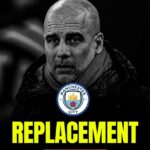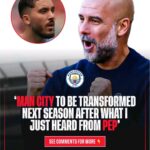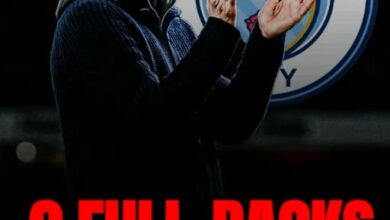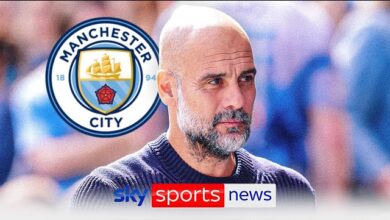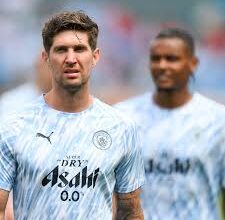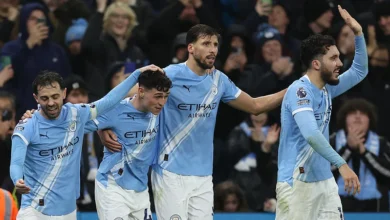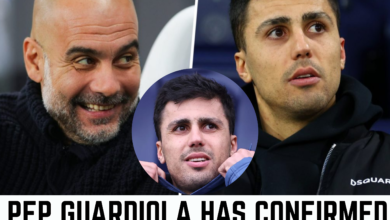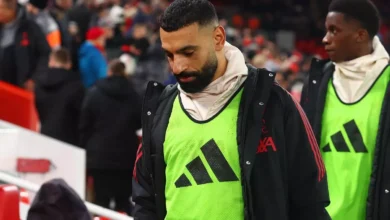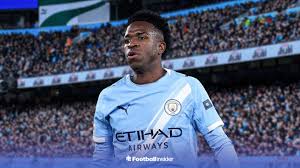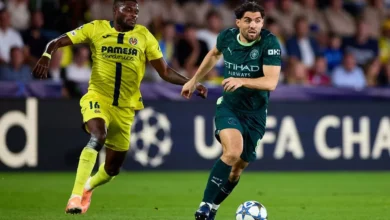Real Madrid’s Strategic Pursuit: Xabi Alonso’s Vision for Midfield Revolution
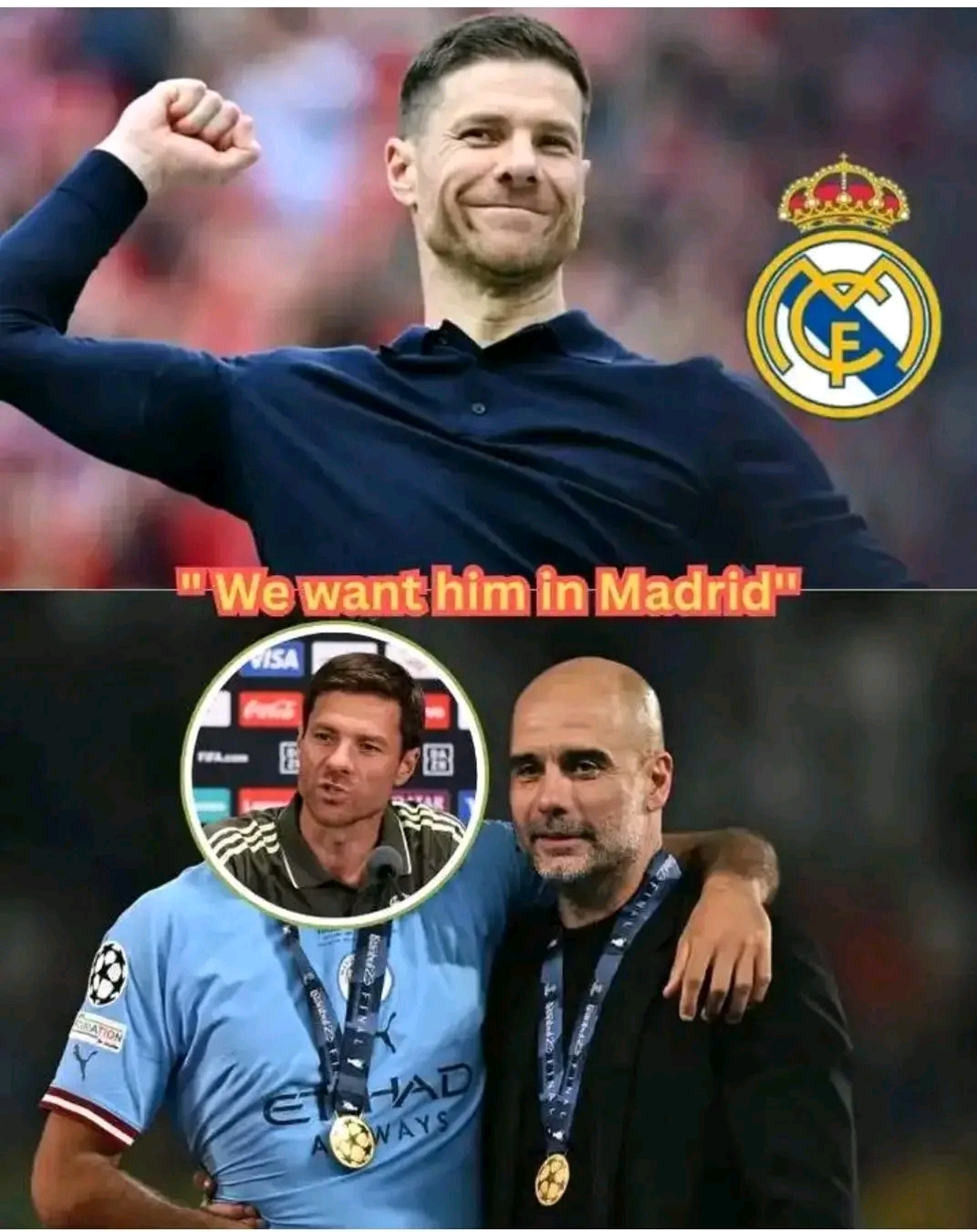
Real Madrid’s appointment of Xabi Alonso as their new head coach has already begun to reshape the club’s tactical philosophy and transfer strategy. The Spanish tactician, renowned for his cerebral approach both as a player and manager, has wasted little time in identifying the key components needed to build his vision of modern football at the Santiago Bernabéu. Among his most pressing concerns is the reconstruction of Real Madrid’s midfield, an area that has undergone significant transformation following the retirement of legendary German maestro Toni Kroos.
Sources within the Real Madrid hierarchy have revealed that Alonso has made a direct and compelling request to the club’s sporting directors: secure the services of Manchester City’s midfield anchor, widely believed to be Spanish international Rodri. This pursuit represents more than just a simple transfer target; it embodies Alonso’s strategic vision for how Real Madrid should evolve tactically in the coming seasons.
The timing of this request is particularly significant, coming as it does during a period of transition for Los Blancos. With Luka Modrić entering the twilight of his illustrious career and the void left by Kroos’ departure still palpably felt, Alonso recognizes that Real Madrid’s midfield requires not just talent, but a specific type of player who can serve as the tactical lynchpin of his system.
During what sources describe as an intensive tactical presentation to Real Madrid’s board, Alonso outlined his vision with characteristic precision and detail. The former Liverpool and Real Madrid midfielder emphasized that modern football demands a specific type of midfield controller – a player capable of serving as both the defensive shield and the creative catalyst for the team’s attacking phases.
“We have abundant energy, explosive pace, and creative flair throughout our squad,” Alonso reportedly explained to the assembled executives. “However, we lack the fundamental element that transforms good teams into great teams – a true controller who can dictate the rhythm of matches, organize our possession phases, and provide the tactical intelligence to break down the most sophisticated defensive systems.”
This philosophy stems directly from Alonso’s own playing experience, where he excelled as a deep-lying playmaker who could seamlessly transition between defensive stability and creative distribution. His successful tenure at Bayer Leverkusen, where he implemented a possession-based system built around midfield control, has only reinforced his belief in this tactical approach.
The concept of the “controller” in Alonso’s system extends beyond simple ball retention or defensive screening. He envisions a player who can read the game several moves ahead, positioning himself not just to intercept opposition attacks but to immediately transition into constructive possession. This player must possess the technical ability to find teammates under pressure, the vision to identify space before it becomes apparent, and the composure to make crucial decisions in high-stakes moments.
While Real Madrid have maintained official silence regarding specific transfer targets, all indicators point toward Manchester City’s Rodri as the primary candidate to fulfill Alonso’s midfield vision. The Spanish international represents the archetype of modern defensive midfielder that Alonso seeks to integrate into his tactical system.
Rodri’s statistical profile over the past two seasons provides compelling evidence for why Alonso views him as the ideal candidate. The 28-year-old has consistently ranked among the Premier League’s elite in key passing metrics, completing over 90% of his passes while averaging more than 100 touches per game. His positional intelligence allows Manchester City to maintain their high defensive line while providing security against counter-attacks.
More importantly from Alonso’s perspective, Rodri possesses the rare combination of physical presence and technical sophistication that defines elite holding midfielders. Standing at 6’3″, he provides aerial dominance in both penalty areas while maintaining the first touch and passing range necessary to initiate attacking sequences. His ability to carry the ball forward under pressure adds an additional dimension that would perfectly complement Real Madrid’s existing creative talents.
The Spanish midfielder’s experience in high-pressure situations, including Champions League finals and international tournaments, aligns with Real Madrid’s expectations for immediate impact signings. His understanding of Spanish football culture and tactical nuances would facilitate a smoother transition compared to players from other leagues.
Alonso’s tactical blueprint for integrating Rodri into Real Madrid’s system reveals sophisticated planning that extends beyond simple squad strengthening. The Spanish coach envisions a midfield structure that maximizes both defensive solidity and creative freedom for the team’s attacking players.
In possession, Rodri would serve as the deepest midfielder, positioned between the center-backs to facilitate build-up play from the back. His exceptional passing range would allow Real Madrid to switch the point of attack quickly, stretching opposition defenses and creating space for the team’s wingers and attacking midfielders to exploit. This positioning would also provide additional security for fullbacks to advance, knowing that Rodri’s defensive awareness would cover potential counter-attacking threats.
During defensive phases, Rodri’s role would become even more crucial. His ability to read the game and position himself proactively would allow Real Madrid to press higher up the pitch, knowing that he can intercept loose balls and immediately transition to attack. This tactical flexibility would be particularly valuable in Champions League matches against elite opposition that require tactical adaptability.
The integration would also benefit Real Madrid’s existing midfield talent. Players like Jude Bellingham, Eduardo Camavinga, and Aurélien Tchouaméni would be freed from some defensive responsibilities, allowing them to focus more on their creative and attacking contributions. This tactical balance could unlock the full potential of Real Madrid’s young midfield core while providing the stability necessary for sustained success.
Real Madrid’s pursuit of Rodri represents a significant financial commitment that reflects the club’s confidence in Alonso’s vision. Industry estimates suggest that Manchester City would demand a transfer fee exceeding €100 million for their key midfielder, making this one of the most expensive defensive midfielder transfers in football history.
However, the financial investment must be considered within the context of Real Madrid’s broader strategic objectives. The departure of Toni Kroos has freed up significant wages, while the club’s commercial revenue continues to grow through their improved Bernabéu facilities and global partnerships. The potential arrival of Rodri would represent a long-term investment in a player entering his prime years who could serve as the midfield cornerstone for the next five to six seasons.
From a sporting perspective, the acquisition would signal Real Madrid’s commitment to tactical evolution under Alonso’s guidance. Rather than simply replacing departing players with similar profiles, the club would be investing in a transformative signing that could reshape their entire playing style. This approach aligns with Real Madrid’s historical pattern of making statement signings that define new eras of success.
The timing of the potential transfer also considers Real Madrid’s competitive calendar. With major tournaments approaching and the ongoing evolution of European competition formats, securing a player of Rodri’s caliber could provide the tactical foundation necessary for sustained success across multiple competitions.
From Manchester City’s standpoint, parting with Rodri would represent a significant tactical blow that could undermine their domestic and European ambitions. The Spanish midfielder has become integral to Pep Guardiola’s system, serving as the fulcrum around which City’s possession-based approach revolves.
Guardiola’s public statements regarding Rodri’s importance suggest that City will not willingly facilitate his departure. The Catalan coach has frequently praised Rodri’s unique combination of attributes, describing him as irreplaceable within their current tactical framework. This presents Real Madrid with the challenge of crafting an offer compelling enough to force City’s consideration.
However, several factors could potentially influence the negotiation dynamics. Rodri’s contract situation, while not immediately pressing, will eventually require resolution. If the player expresses genuine interest in returning to Spanish football, City might be forced to consider their options rather than risk losing him for reduced compensation in future transfer windows.
The relationship between both clubs, while competitive, has historically remained professional during transfer negotiations. Previous successful deals, including those involving players moving in both directions, suggest that productive discussions remain possible if all parties approach negotiations with realistic expectations.
The potential reunion between Alonso and Rodri represents more than just tactical compatibility; it embodies a shared understanding of Spanish football culture and values that could prove decisive in negotiations. Both players represent the intellectual approach to football that has defined Spanish success over the past two decades.
Alonso’s reputation within Spanish football circles carries significant weight, particularly among players who admire his playing career and emerging coaching credentials. His success at Bayer Leverkusen, where he implemented a sophisticated tactical system that earned widespread praise, demonstrates his ability to maximize player potential within structured frameworks.
For Rodri, the opportunity to work under Alonso at Real Madrid would represent both a homecoming and a professional challenge. The chance to apply his skills in La Liga, widely regarded as the most tactically sophisticated league in world football, could appeal to a player seeking new challenges at the peak of his career.
The cultural familiarity would also facilitate Rodri’s integration into Real Madrid’s squad and the broader Madrid community. His understanding of Spanish football expectations, media dynamics, and fan culture would minimize the adjustment period typically associated with high-profile transfers.
The successful acquisition of Rodri could fundamentally alter Real Madrid’s competitive trajectory across multiple competitions. In La Liga, the addition of a world-class holding midfielder would provide the tactical stability necessary to compete with Barcelona’s evolving system and Atlético Madrid’s defensive organization.
Champions League success, Real Madrid’s primary objective, would be significantly enhanced by Rodri’s presence. His experience in European competition’s highest levels, combined with his ability to perform under pressure, aligns perfectly with Real Madrid’s expectations for their marquee signings. The tactical flexibility his presence would provide could prove decisive in knockout matches where strategic adaptability often determines outcomes.
The psychological impact of such a signing should not be underestimated. Acquiring a player of Rodri’s caliber from Manchester City would signal Real Madrid’s continued ability to attract football’s elite talent, potentially influencing other transfer targets and reinforcing the club’s competitive positioning.
Real Madrid’s pursuit of Rodri under Xabi Alonso’s guidance represents the convergence of tactical vision, strategic planning, and ambitious execution that has historically defined the club’s greatest achievements. This potential transfer transcends simple squad improvement, embodying a philosophical approach to football that could establish the foundation for sustained success.
The challenges inherent in negotiating with Manchester City for one of their most valuable players are substantial, but Real Madrid’s historical ability to complete transformative transfers suggests that determined pursuit could yield positive results. Alonso’s specific tactical requirements and Rodri’s unique skill set create a natural alignment that could prove irresistible to all parties involved.
As the transfer window progresses, the football world will watch with keen interest to see whether Real Madrid can secure the services of the player their new coach believes could be the key to unlocking their next era of dominance. Success in this endeavor could establish Alonso’s Real Madrid as a tactical force capable of competing with Europe’s elite for years to come, while failure might force alternative approaches to achieving the midfield balance he seeks.
The stakes extend beyond a single transfer, representing Real Madrid’s commitment to tactical evolution and their confidence in Alonso’s vision for the club’s future. In the high-stakes world of elite football transfers, this pursuit of Rodri could well define the early success or challenges of the Alonso era at the Santiago Bernabéu.
